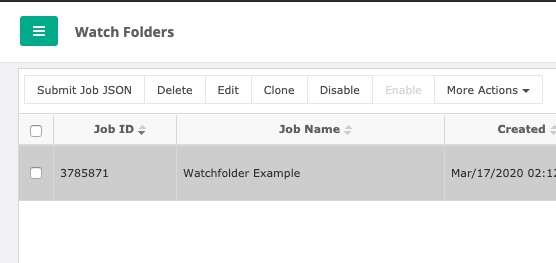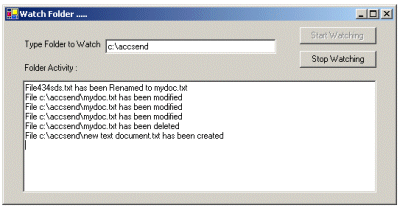

TIFF files produce a better quality image when compared to JPEG files, because the images are not compressed, however they take significantly more space on your hard drive, e.g.
#Pixave watch folder professional
TIFTagged Image File Format (TIFF) files are commonly used to store images within the publishing industry, graphic artists and professional photographers. have no compression) but take up HUGE amounts of disk space. images to be printed in magazines, where professionals require the highest quality possible, in which case, we are happy to scan your photographs in TIFF format which are lossless (i.e. There are some applications that require a higher quality, e.g. The quality will outstanding and will look fantastic for everyday use such as reprinting your family photographs etc. By default, Pixave scan your photographs in JPEG format with the least level of compression, resulting in high quality images that are reasonably large in size. However, the JPEG standard allows for different levels of compression, with higher quality scans resulting the less you compress the image. Photo's scanned to JPEG files do produce excellent results whilst taking up a minimum of space, and achieves this by compressing your images, which results in a loss of quality.

JPG JPEG files are the most commonly used method of storing photographs on computers and digital cameras. Some web sites will enlarge the print using low quality software, so the more you can do to minimize the changes your printers need to do the better. Most photographs are printed at 300 DPI, and so scanning at a higher resolution wont improve the quality of the image, however if you intend to print enlargements using a photo printing website it will be better to scan your photo's at a higher resolution and send them the high resolution file. The higher the DPI used to scan an image, the larger the resulting file will be. We also offer a complete slide scanning service.ĭPIDots per inch is the term used to measure the density of an image, namely the number of dots that can be placed in a line within 1 inch (2.54cm). Please note: if the images are stuck in the album and cannot safely be removed, we will scan them while they are still in-situ by placing the whole album under the scanner, page by page, so that we can ensure that your precious photos are not damaged.įor customers within our local area, we will collect your photos from you, professionally scan them individually and then return your photos back to you on CD/DVD. As an optional extra, and subject to an extra fee, we will also place the photos back into the album for you. We can also scan entire photo albums with two levels of service, if you select our standard service, we will carefully remove each photo from the album and scan them individually and then once completed, place the photos back in envelopes and return the envelopes to you with the original photo album, which is ideal if you don't want the old album anymore. By default, we scan photographs at 600 dots per inch (DPI) which is more than good enough for most photos, but if you want to have enlarged photos we will scan them to a higher resolution for you.


 0 kommentar(er)
0 kommentar(er)
